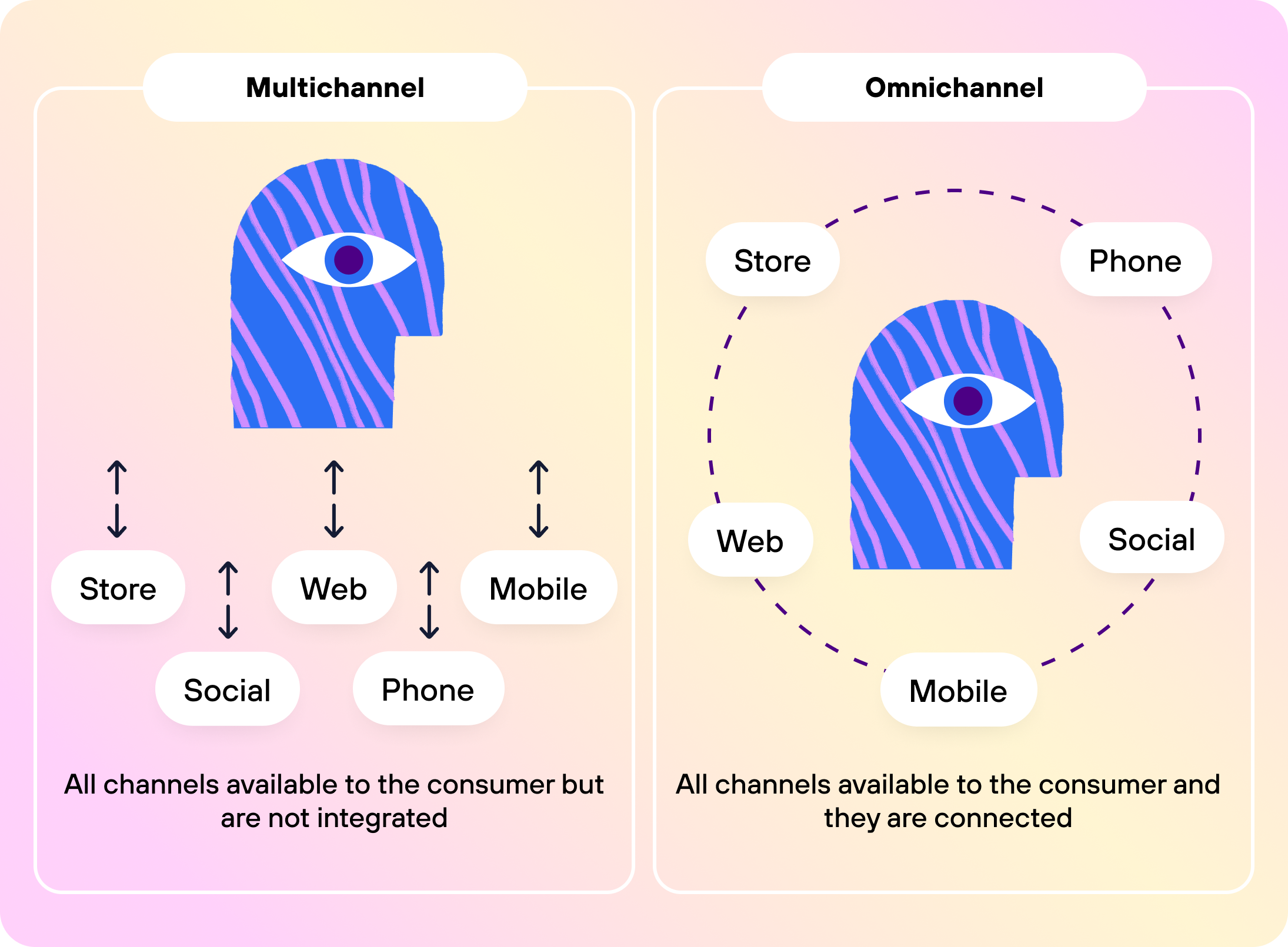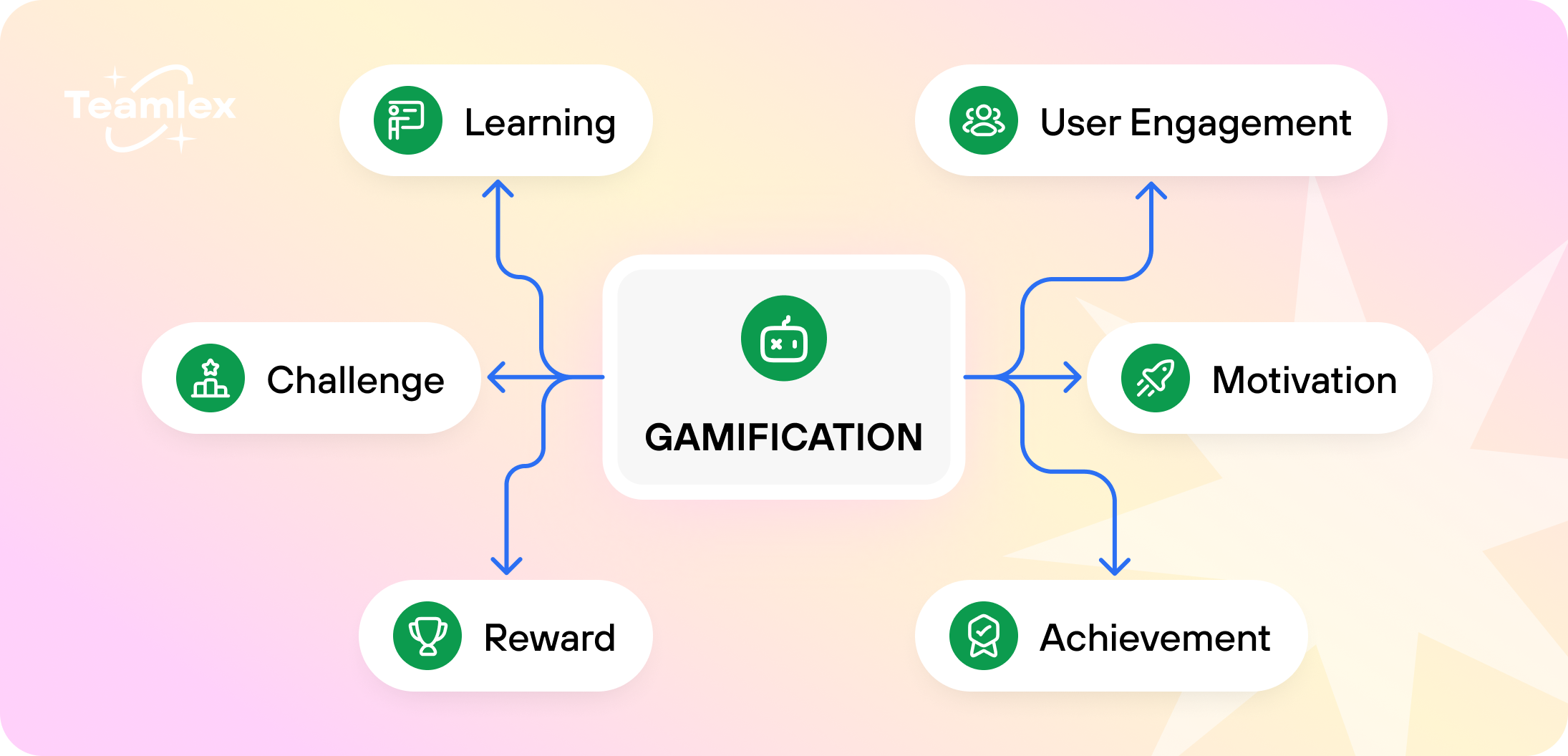Fintech continues to expand rapidly, with new technologies reshaping financial services at an unprecedented pace. For fintech companies, staying relevant isn’t just about having cutting-edge tech but also mastering how to connect with users. Let’s explore the key fintech marketing trends defining 2024, from personalization and social media strategies to the latest in AI and data-driven tactics.
1. Personalization takes center stage
Consumers expect more personalized experiences across all digital platforms, and fintech is no exception. Generic approaches no longer cut it; customers want products and services that speak directly to their unique financial needs. Fintech marketers are responding with highly tailored campaigns, using data and insights to offer:
- Customized product recommendations
- Hyper-targeted ads based on user behavior
- Personalized email and messaging flows
- Interactive content that aligns with individual user journeys
By leveraging data from customer interactions, fintech companies can provide the kind of personalized experience that makes users feel valued and understood.
2. Increased emphasis on AI and machine learning
Artificial Intelligence (AI) and machine learning (ML) are transforming how fintech brands market their services. From analyzing massive data sets to predicting customer behavior, AI enables marketers to make smarter, quicker decisions. Here are a few ways AI and ML are being used:
- Chatbots for instant customer service and lead generation
- Predictive analytics for better targeting and personalization
- Content generation for blogs, social media, and newsletters
- Automated ad campaigns with optimized placements and timing
AI is especially useful for fintechs looking to scale their marketing without increasing budgets, allowing smaller teams to compete with industry giants.
3. Social media as a trust-building platform
Trust is essential in fintech. As financial products involve sensitive information, customers need to feel secure before making any financial commitment. Social media platforms offer fintech companies the chance to build that trust by engaging directly with users. Current trends in fintech social media marketing include:
- Video content explaining complex financial products in simple terms
- User-generated content, such as testimonials and case studies
- Engaging posts that encourage discussions around financial literacy
- Leveraging influencers to reach broader audiences
Through active, transparent communication, fintech companies can create a reputation for reliability and safety, essential factors for winning over cautious customers.
{{cta}}
4. Leveraging influencer partnerships
Influencers continue to play a pivotal role in fintech marketing. However, the trend is moving away from partnering with generic influencers to collaborating with niche-specific, trusted voices. Influencers in the finance, investment, and tech spaces can effectively reach audiences interested in fintech products. Here’s why they work:
- They already have established trust with audiences interested in financial topics
- Their followers seek expert advice on managing money and investments
- They can explain complex fintech solutions in an accessible way
Choosing influencers whose values align with your brand can lead to authentic and effective campaigns that resonate with potential customers.
5. Content marketing with a focus on financial literacy
One of the biggest shifts in fintech marketing is the move towards content that educates rather than sells. As users become more financially conscious, they are seeking brands that offer insights and guidance on managing money. Fintech companies are responding with:

- Blogs, videos, and podcasts on financial literacy topics
- Guides and whitepapers explaining industry trends or new products
- Webinars and live events that offer real-time insights
- Interactive tools and calculators that allow users to test their knowledge
By offering value through educational content, fintech companies can foster a stronger connection with their audience, encouraging loyalty and positioning themselves as industry leaders.
6. Focus on ethical and transparent practices
Consumers today are more conscious of a company’s ethical practices and values, especially in finance, where transparency is critical. Fintech companies are increasingly focusing on:
- Being upfront about fees and charges
- Implementing secure data protection measures
- Promoting financial products that align with sustainability goals
- Highlighting company missions related to inclusivity and social impact
By being transparent about their processes and ethical values, fintech companies can build trust with customers who prioritize honesty and accountability.
{{resource}}
7. The rise of video and short-form content
Video content is booming across industries, but in fintech, it serves an additional purpose—simplifying complex topics. Short-form videos, in particular, have become a powerful tool in fintech marketing due to their ability to convey information quickly. Popular types of video content include:
- Tutorials that demonstrate how products work
- Quick financial tips for managing money
- Customer stories and testimonials
- Explainer videos on industry news and updates
With platforms like TikTok and Instagram Reels on the rise, fintech companies can use these channels to reach younger audiences, delivering content that’s both educational and engaging.
8. Omnichannel marketing for a seamless user journey
With so many digital touchpoints, it’s essential for fintech companies to adopt an omnichannel approach. Consumers now expect a seamless experience, whether they’re interacting via email, mobile apps, or social media. Omnichannel strategies in fintech include:

- Integrating messaging across platforms to maintain consistent communication
- Syncing user preferences and activity to personalize experiences
- Offering support channels that are accessible through various platforms
- Running unified ad campaigns across social media, web, and mobile apps
This consistent, unified approach helps build familiarity and trust with the brand, ensuring users have a positive experience at every touchpoint.
9. Data privacy as a selling point
Data privacy isn’t just a compliance issue anymore; it’s a key marketing asset. As data breaches become more common, customers are concerned about how companies handle their information. Fintech companies can use this trend to their advantage by:
- Clearly communicating data protection policies
- Offering transparency on how data is used in marketing
- Highlighting security features in marketing materials
- Providing easy-to-understand privacy policies
Fintech companies that prioritize data privacy can differentiate themselves in a crowded market, appealing to consumers who value security and transparency.
10. Gamification for user engagement
Gamification—adding game-like elements to the user experience—has proven to increase user engagement and loyalty in fintech apps. By creating interactive and rewarding experiences, fintech companies can make finance feel more accessible. Examples of gamification in fintech
Include:

- Reward systems for reaching financial goals or milestones
- Interactive quizzes that help users learn about products
- Challenges and leaderboards for saving or investing milestones
- Badges and achievements for progress tracking
This playful approach to financial education not only increases engagement but also encourages users to spend more time on the app, leading to greater customer loyalty.
11. Voice search optimization
As voice assistants become a common household tool, optimizing for voice search is increasingly important in fintech marketing. To capture this trend, fintech companies are focusing on:
- Creating content that answers common financial questions
- Optimizing websites for voice-based search queries
- Developing voice-activated apps or features
- Ensuring mobile apps are compatible with popular voice assistants
Voice search optimization provides a new way to reach consumers, making it easier for users to find answers or access financial services hands-free.
Conclusion
Fintech marketing is evolving rapidly, and staying ahead requires an adaptive, forward-thinking approach. By focusing on personalization, embracing ethical practices, and tapping into new media trends, fintech companies can build strong, lasting relationships with their customers. As the fintech landscape continues to shift, brands that prioritize user experience, trust, and innovation will lead the way.






















5